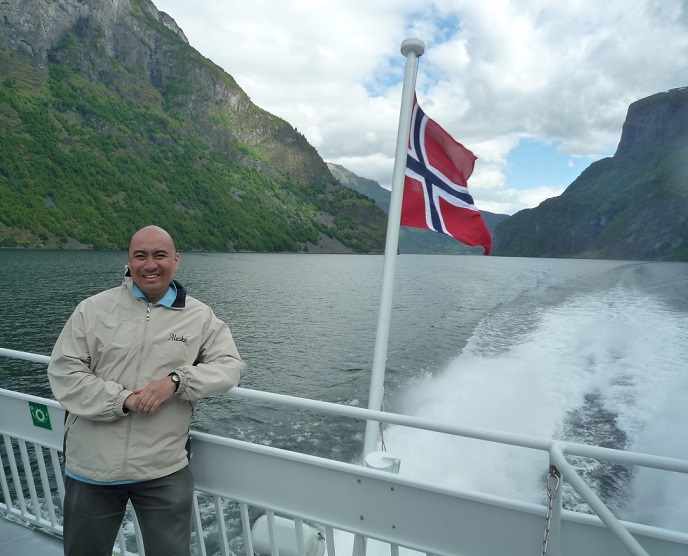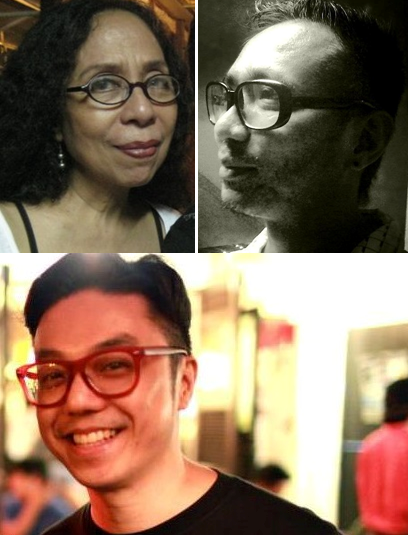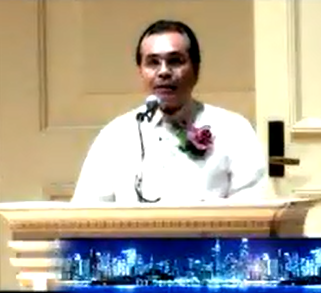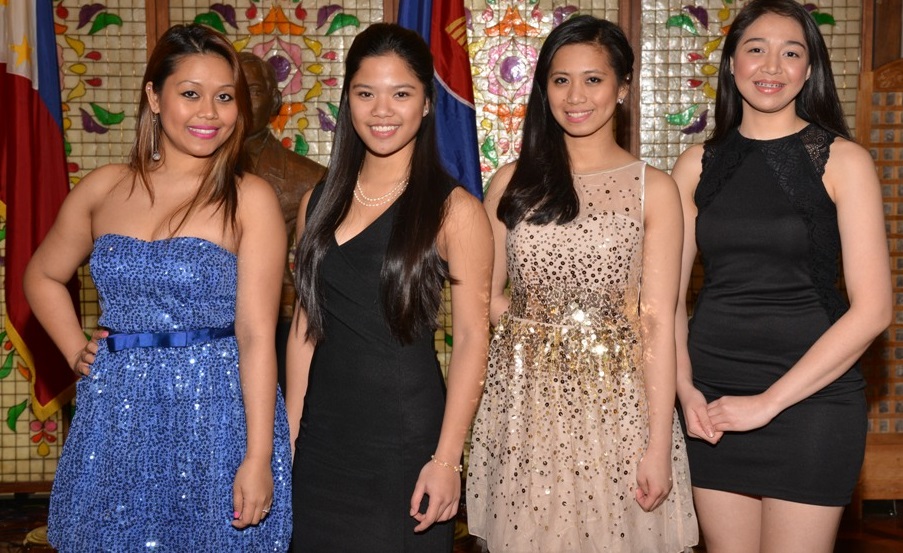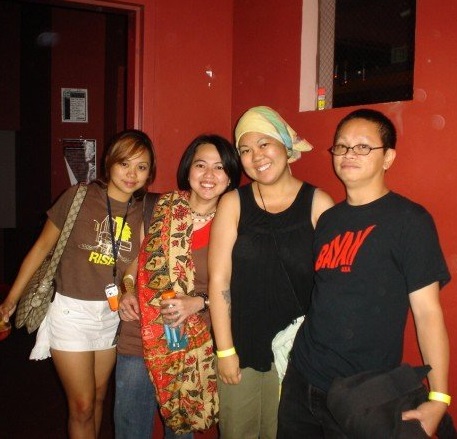Post-war romance between a journalist and a soldier depicted in new book
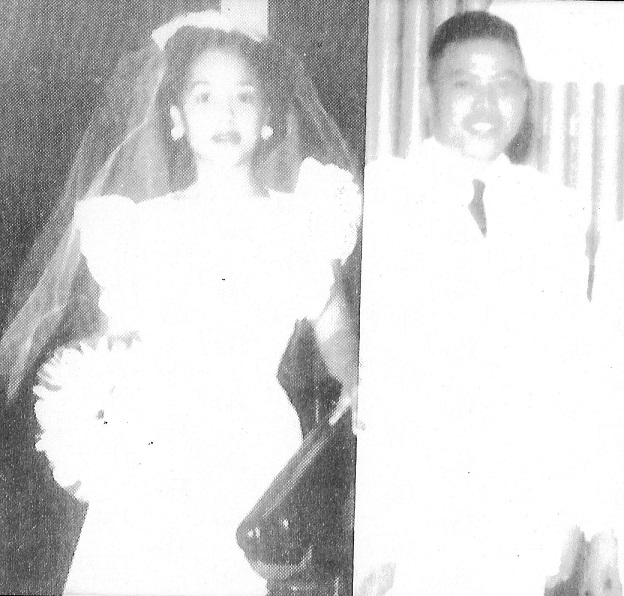
By Allen Gaborro
It is at distressing times that people look to some diversion to enable them to temporarily forget what’s going on in the mad, mad world around them. Myrna Lou Jastra, a pseudonym for Filipino American writer Ludy Ongkeko, has provided just such a diversion with her paperback novel “When Writing Morphs into a Lifetime.”

At 115 pages, “When Writing Morphs” is really more of a novelette than a full-fledged novel. But even in that limited space Jastra attempts to fit in much about what would become the conjugal existence of her two protagonists, Lor and Ermin. Their love affair began in the years following the end of World War II in the Philippines and would last more than six decades and extend across the Pacific Ocean to the United States.
Jastra’s portrayal of what Lor and Ermin had together comes across as gratifying and uplifting even as she employs unprepossessing, unadorned language. Jastra’s vanilla writing style is just able to convey a certain amount of emotion and resoluteness in Lor’s and Ermin’s relationship. All the same, if you are looking for amorous longing and teary-eyed melodrama, you won’t find it in “When Writing Morphs.”
In Jastra’s story, there are no tortured figures seeking redemption or the excruciating pangs of unrequited love. Between picking out unforgettable personal experiences and memories, Jastra gives us what amounts to a low-watt, boilerplate-like narrative of an everlasting marriage.
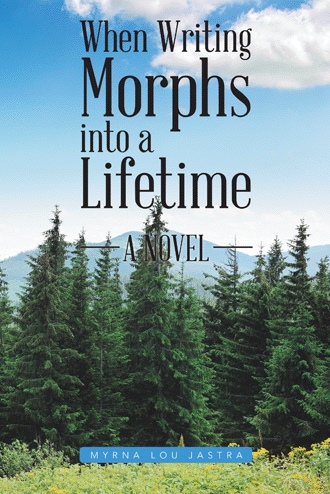
By Myrna Lou Jastra
115 pp. AuthorHouse
Yet, Jastra’s authorial guilelessness and austere expressiveness are what imbue “When Writing Morphs” with its simple charm and virtue. What you read in Jastra’s text is exactly what you get, especially considering that it is devoid of symbolism and laden with factual elements from the writer’s very life. Indeed, her novel is not so much a work of literary fiction as much as it is an autobiography posing as a novel (or novelette).
This is not to take anything away from “When Writing Morphs” in terms of its creator’s inspirational journey. With a clear hand and aided by the power of nostalgia, Jastra has devoted herself to writing the love story she shared with her real-life husband. The tale begins in 1948 when Lor, a young female writer, receives a letter from Ermin Oro, the editor of “The Corps,” the official magazine of the Philippine Military Academy. In the letter, Ermin asks Lor to make an article submission to the magazine. Thus begins a bond that is destined to last a lifetime.
Lor and Ermin had to overcome obstacles including having to make some difficult decisions. One such decision was the one faced by Lor in which she had to balance the scales between pursuing her chosen profession and being able to foster a loving relationship and family with Ermin.
Ultimately, Lor and Ermin put the trials and tribulations they endured behind them and later emigrate “to a new land where future problems would seek solutions not only for the older generations but for those yet to come.”
As so many other hopeful Filipino couples did before and after them, Lor and Ermin eventually settled in the United States where, as Jastra writes, the two of them “lodged their crucial hopes that, as worthy Americans, they would render their best, to do what they were capable of doing in their very modest manner.” In their “adopted land,” Lor and Ermin would teach their three children “to be grateful for America’s gifts.” It was in the United States where the couple would be certain that “permanence was theirs.”
The ideals of constancy, sacrifice, and perseverance that the reader gathers from “What Writing Morphs” are its most endearing qualities. I think this is more so the case than with the familiar immigrant theme that Jastra puts forth.
When all is said and done in Myrna Lou Jastra’s literary memorialization, what matters most is that love conquers all in what is a fine portrait of the indissoluble union of a Filipino American man and woman.
Based in San Francisco, California, Allen Gaborro has been a freelance writer of social, historical, political, cultural issues for more than 25 years.

© The FilAm 2020





